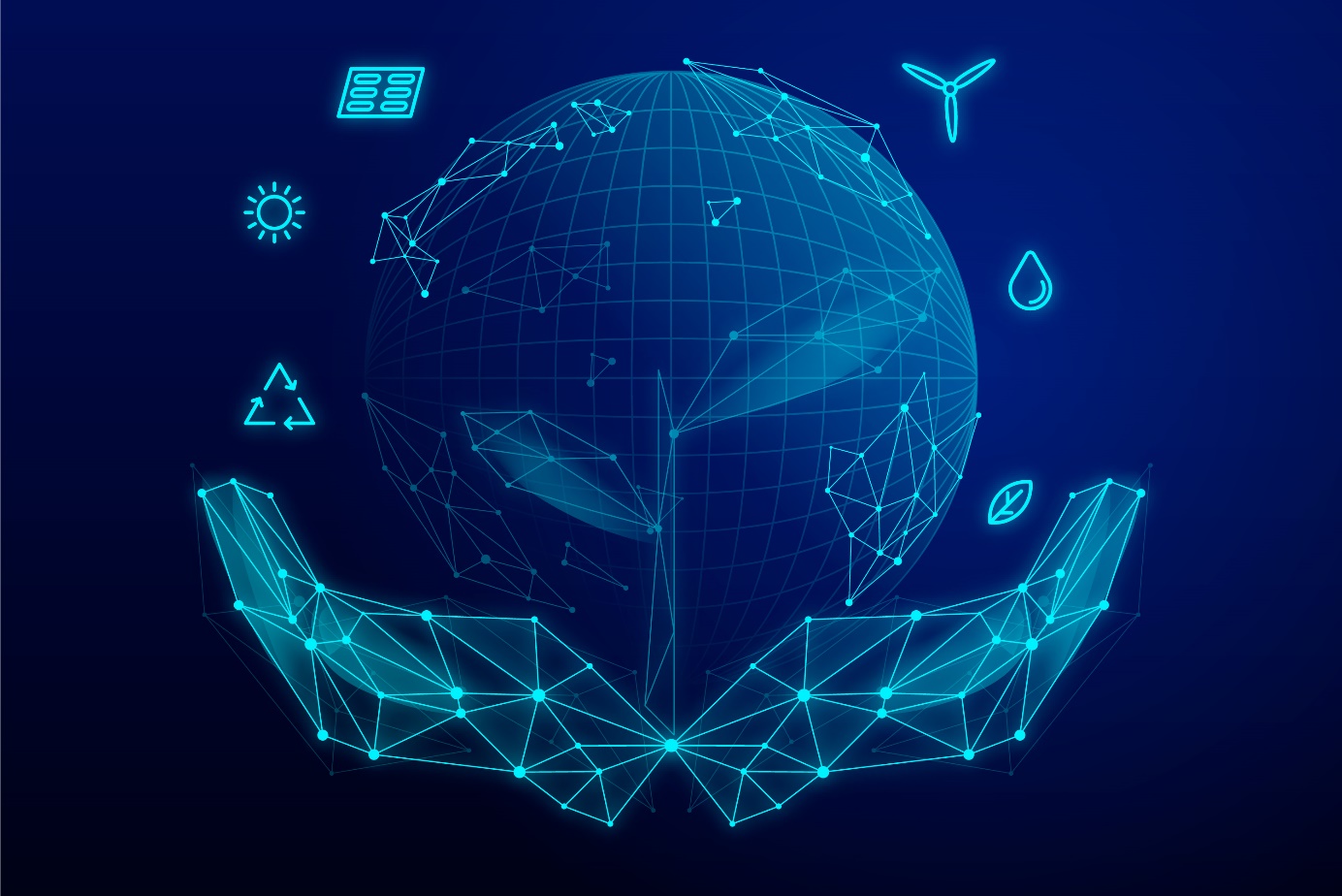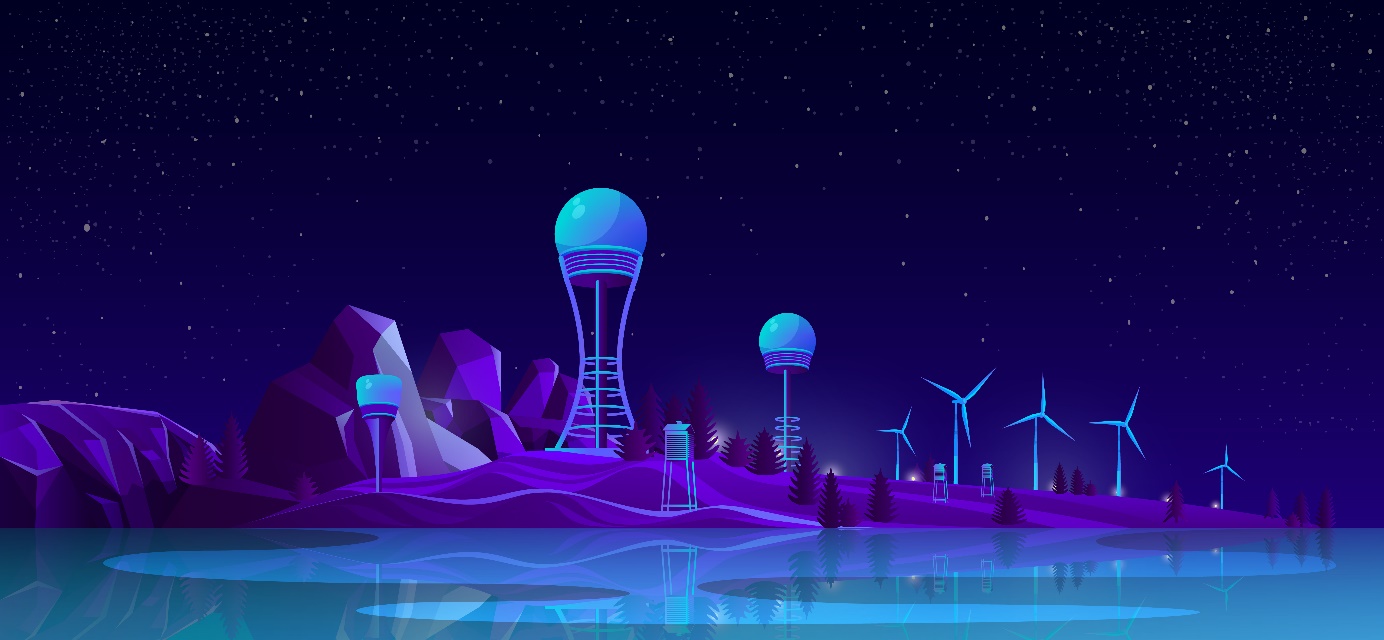Innovation, circular economy in digital technology
According to Deloitte’s “Closed Loop – New Opportunities” report, the economy has grown significantly over the past five decades, and the quality of life of the world’s population has increased [7]. Population growth as well as increased income has led to increased consumption. Because we are currently consuming more resources than the earth’s regenerative capacity allows, we are faced with the need to find a solution that reconciles human needs with available environmental resources.
The Closed-Circuit Economy is an opportunity that enables economic growth while reducing and optimizing resource consumption, as well as designing new, innovative business models based on digital technologies. Businesses that choose to transition to a closed-loop economy need to know that doing so will foster a sustainable, low-carbon and competitive economy. For this transition to be possible, companies must fundamentally change the business models they have been using, as implementing a circular economy involves new ways of production and a different approach to supply chains, but not only. Customer relationships and waste management will also change, and most importantly, the company will become more innovative.
Introducing digital technologies into the enterprise also involves the development of employees who need to significantly expand their digital competencies. In the digital revolution, companies need to remember that digital skills are key to managing a business, and all employees should be able to thrive in the digital world.

3.1 Innovation and digital technologies in the water sector
Due to climate change, maintaining a stable supply of water, which is essential for both humans and the entire ecosystem, is a serious problem. Therefore, it is necessary to develop and quickly implement new and innovative technological solutions.
Modern technology is important for water management because it is an opportunity to collect large amounts of data from remote devices that can be compared with other data to find meaningful connections. The data that will be collected will allow predicting aspects of future operations, including changes in efficiency, anticipating potential failures and also looking for sources of improvement.
IBM experts believe that digital technologies will enable virtual representations of systems so that water resources can be managed more effectively.
More efficient asset management is also influenced by EAM (Enterprise Asset Management) systems, which, when combined with VR and machine learning, offer great opportunities. The introduction of innovation and digital transformation of the water sector will enable leak detection and water quality management [8].
Digitization will also make it possible to predict weather conditions more accurately and discover the effects of climate disasters, which will be very important for the agriculture sector and help businesses prepare appropriate strategies for crisis management.

Good practice in introducing innovation into the water sector
The EU is making a concerted effort to ensure the effective protection of the EU’s water sources. A key element of EU policy is the Water Directive [9], which applies to all Member States. Under this directive, countries are obliged to protect and improve resources. For this purpose, they have prepared river basin management plans and various programmes, which are prepared in six-year cycles.
In addition to policy measures, Europe is also turning to innovation to develop methods that will ensure water security and adequate water for all citizens. The EU funds projects that contribute to innovative ideas, an example of which is ECOLORO: Reuse of Waste Water from the Textile Industry. The main objective of this project is to design a complete system for recycling the waste water that is produced in textile factories. The ECOLORO concept is to use electrocoagulation in combination with flotation to effectively remove contaminants, dyes and chemicals from the wastewater that textile mills produce. It is an innovative method that leads to a healthy, sustainable and competitive industry [10].
Year after year, more and more initiatives and projects are created to protect the environment, move towards a closed loop economy and sustainable development.
More information about the ECOLORO project: https://cordis.europa.eu/article/id/241015-designing-a-full-recycling-solution-for-the-textile-industrys-waste-water

3.2 Innovation and digital technologies in waste management
As we have already learned, new technologies are changing the world. A new type of economy is taking shape before our eyes: The digital economy, which is based mainly on the Internet economy. In recent years, we have witnessed the introduction of the latest technologies into our daily lives, from education to medicine. New, innovative technologies such as artificial intelligence, cloud computing, the Internet of Things or robots are significantly accelerating the process of datafication (creating digital representations of areas of the real world), also increasing networking and fostering personalization. The following is an example of a company that has incorporated the idea of a circular economy into its operations.
Archiblox is a manufacturer of modern, eco-friendly homes that are created from prefabricated modules or materials sourced from certified sustainable crops. Each of the company’s home designs uses a range of techniques and technologies that make the homes and buildings created as environmentally friendly as possible [11].
Archiblox’s offerings include the complete creation of homes, from construction to delivery. They use state-of-the-art technology that combines user comfort with minimal home maintenance costs. The techniques they use at the design stage are: passive thermal design principles, learning weather patterns, tracking the movement of the sun as well as the direction of the wind. In this way, the houses created by Archiblox maintain the right temperature, which results in lower electricity bills. Moreover, photovoltaic panels are installed so that natural energy resources are maximized.
Archiblox also works to minimize their water footprint, so water management and creating a closed loop is an important element in the design of their buildings.
They use AAA rated products in the construction of their buildings, as well as products that allow water to be heated naturally. Each building is also equipped with rainwater harvesting systems, which can then be used in toilets, laundry, bathrooms or kitchens.

Source: https://www.archiblox.com.au/project/avalon-beach-house/

 Deutsch
Deutsch Español
Español Italiano
Italiano Nederlands
Nederlands Polski
Polski Română
Română